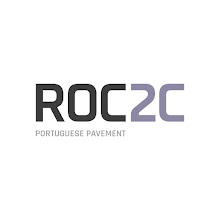




The ensemble called the Sanctuary of Nossa Senhora da Pedra Mua, implanted in theextremity of the Cape Espichel, is undoubtedly the most important and characteristic of the municipality. There are precious in this aggregate of buildings, from the ancientchapel of the Church Memory seventeenth century, since the bodies of the rustic "host" to the aqueduct and the "Water House", a unit of graphic values that made him forgetthe disparity of styles. The cult of Our Lady of the Cape is lost in the mists of time and it is conceivable that prior to his worship - from the fifteenth century - was the CapeEspichel pilgrimage center.
The present culture dates back to around 1410, the year that would have been discovered at the end of Cape Espichel the venerated image of Our Lady of the Cape,two old and Alcabideche da Caparica, which dreams would have been advised bycoincident Before Heaven 1701 - date of the current church building - the camp wassurrounded by houses for the pilgrims did not follow special alignment, and which were placed around the original church. From 1715, the large turnout of the Cape candlesforced it necessary to build houses and inns with shops.
The arches that runs next to two bodies can without resorting to constructive arrangements profile scholar. The work of the motel began in 1715, but only between 1745 and 1760 was expanded to the current dimensions. The present church dates back to 1701 and the initiative is real D. Peter II. Entering the temple through a goodawnings of Brazil wood, we glimpse the broad and well proportioned nave, covered by awooden roof with an oil composition that represents the Assumption of the Virgin, this isa work of the painter Lorenzo da Cunha . Overlooking the cliffs that rise on the edge ofCape Espichel, west of the church and the host, is located at Memory Chapel, templinhoprecisely deployed at the site where tradition holds to have given the appearance of the Virgin.
Photos: Celso Gonçalves Roc2c

Comentários
Enviar um comentário